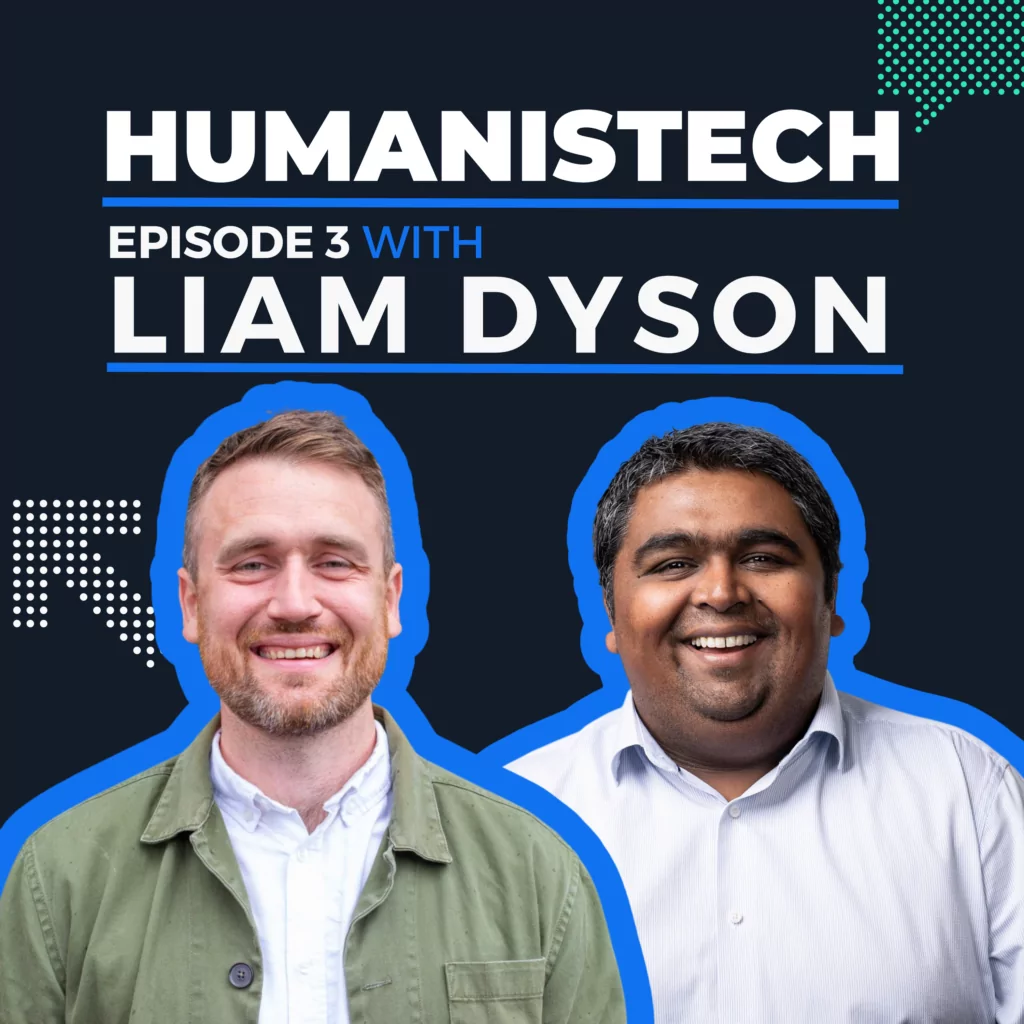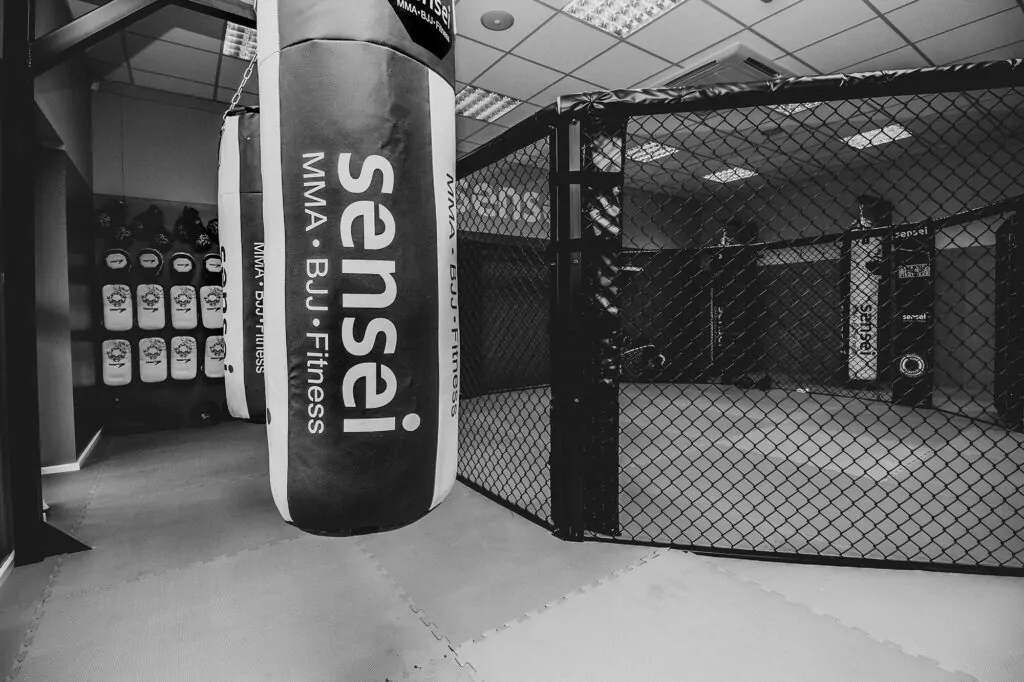The potential of educational technology – often referred to as EdTech‚ is far from a secret. In 2017 alone‚ investors across the globe staked more than $8bn on developments within the area. Future predictions‚ across multiple territorial markets‚ suggest growth will only continue in the coming years‚ too.
Long gone are the days of the chalkboard. Indeed‚ even the smartboard begins to look outdated when seeing a classroom full of children using a tablet to conduct their work. With technologies such as XR and AI emerging from the hype to be the platform for solutions of real value‚ further change is expected to help create the smartest generation to have ever graced the earth – hopefully so advanced they’re immune to slogans printed on the side buses.
Rather than provide a commentary of the sector’s development‚ we thought we wanted to gain insight from someone in education with a keen eye for and active involvement in the rollout of EdTech solutions.
Accordingly‚ we got in touch with Dawn Baker. Head of Innovation at NCFE‚ Dawn leads her company’s dedicated innovation team‚ who solve problems in the education sector and for the 340‚000+ learners NCFE serve each year. Luckily for us‚ Dawn kindly agreed to lend us some time to answer questions on the growth of innovation in education.
![[object Object] [object Object]](http://images.ctfassets.net/o6514hijae09/4qKRB4JK5jmAPdEsmqv6o6/ae034b9869680d1a696a746e05b153d9/ipad-education.jpg)
Before we get stuck into the nitty-gritty‚ we’d love to learn a little more about NCFE. Can you tell us a little more about your organisation’s goals and impact?
“We’re a national Awarding Organisation and registered educational charity. Our purpose is to create opportunities for success to enrich society‚ and we are committed to changing the lives of learners and supporting people to progress and achieve. We do this primarily through delivering NCFE and CACHE branded qualifications to over 340‚000 learners from over 2‚000 colleges‚ schools and training organisations.
“The Innovation Team are responsible for identifying‚ evaluating and growing new business ideas which add value to our core business and solve problems in the education sector. Our remit includes product concept‚ design and delivery of innovative and effective solutions servicing the education sector.”
Can you tell us a little bit about your background and your journey to becoming NCFE’s Head of Innovation?
“Prior to heading up Innovation at NCFE‚ I had a varied path to say the least! I started out managing the marketing and merchandising for the infamous Spitting Image tourist attraction in London before freelancing in the North. In the mid-90s‚ I set up one of the first web design agencies in the North East focusing on digital marketing and innovation‚ before becoming Head of Marketing at Sage where I stayed for ten years.
![[object Object] [object Object]](http://images.ctfassets.net/o6514hijae09/5ShZZO2qeeJfa59WizNjOc/111a41ddce695f09001d500b1cec0132/ncfe.png)
“I’ve always made a conscious decision to work for organisations that give customers something of real worth which is what led me to join NCFE as Head of Marketing‚ before becoming Head of Innovation almost three years ago.”
And how does NCFE go about enabling and conducting innovation?
“Establishing a dedicated innovation team was a crucial step for embedding innovation across our organisation. Since then‚ we’re constantly evolving‚ with our three key functions (early stage change development‚ diversification and product development) focused on supporting and solving the core‚ adjacent/peripheral and future needs and challenges for our customers and business.
“The Sprint methodology and mindset has been fundamental in empowering our colleagues to adopt innovative practices. We run sprints across the business and have trained staff so that teams can independently conduct their own sprints to address challenges‚ processes and take on change that enables them to support our customers.
“Our internal ideas platform Acorn gives our colleagues a space to share their ideas contribute to other ideas and engage with colleagues across the organisation to help take their ideas to the next level and make it happen.”
Is there any innovation work that NCFE has delivered which you’re particularly proud of?
“The new T-Levels qualification proposals are set to change our sector fundamentally. We’ve approached this as an opportunity to reimagine how we solve problems for our customers by re-engineering how our learners and centres experience our qualifications.
“We’ve done this by working with schools‚ colleges‚ learners and employers to close the gap between A-Levels and T-Levels. Continually listening to our learners by rigorously testing and retesting has been central to ensuring we remain on the right path. We’re excited by the potential our response to the T-Level bid has to change the face of vocation training by placing it at the forefront so employers recognise its value.
![[object Object] [object Object]](http://images.ctfassets.net/o6514hijae09/72P1HUrszc8R9VMwX6biDJ/3147b9ee777fba4094e4a4183665289d/education_stress_student_revision.jpeg)
“We’re also very proud of our work developing GoCalm‚ which is an app designed to support learners overcome exam stress and anxiety. Combining mindfulness‚ Thought Field Therapy (TFT) and Neuro-feedback‚ GoCalm is like a fitness tracker for the brain‚ helping learners identify how it feels to be calm and focused so they can bring that state of mind into their exams. During this year’s exam period we’ve been conducting a case study with two highly anxious year 12 students. Both experienced a transformation to successfully managing their exam stress and anxiety‚ with one student successfully returning to the main exam hall from isolated exam practice previously.”
NCFE have been leaders in finding valuable ways to utilise virtual reality (VR) within education for a the past few years. Can you tell us more about the ideas and applications you’ve worked on and the impact they’ve had?
“aViatoR was our first working demo‚ designed to test the concept and use of virtual reality in a training environment. It was designed to assist learners undertaking the NCFE Level 2 Certificate in An introduction to Cabin Crew.
“We’ve been sharing our prototype with schools and colleges across the UK and have received a very enthusiastic response from teachers and learners. There is clearly a desire for VR‚ but we need to improve interaction within the app before it is entirely classroom ready.
“The aViatoR project has allowed us to explore how VR fits into the changing landscape of blending learning and what benefits it could bring to our learners. It was definitely a learning process and a lot of those lessons we’re carrying forward into current VR project for our CACHE courses.”
What role do you think immersive technologies will play in education and training in the future? Are there any major barriers in increasing the prominence of XR?
There is a nervousness around using technology‚ but the work we are doing with schools is also proving there is an increased appetite in spite of this. The right implementation of tech can be transformative. Immersive technologies can help us tailor teaching to suit different learning needs and styles. It has the potential not only to increase engagement but to improve attendance and retention.
![[object Object] [object Object]](http://images.ctfassets.net/o6514hijae09/4q01wLev69MiDG89YUTc3z/f24f6b1f2358d683f7ad94b0590a4f42/virtual_reality_Child.jpeg)
“However‚ from our experience‚ the expectation of what we can deliver is behind the reality of what current technology will allow us to do. If you can do it better in real life‚ then keep it that way. Admit VR has its place‚ understand where it is relevant and capitalise on that space. We have made the decision to work with what tech we have and make it the best it can be.”
The sixth instalment of Innovate Now will focus on the technologies revolutionising education and training. What are your thoughts on our flagship event?
“It’s vital we keep the momentum going and drive the conversation forward as an international hub for innovation in the North East and the UK. By continually asking how‚ what and why we can keep sowing those seeds for innovation and asking questions to spark ideas that will capture everyone’s imagination.
“Creating opportunities for inspiration that allow us to come together is exactly what Innovate Now is about and is what we need to keep doing to better train‚ equip and prepare our future workforce.”
We’d like to place on record our thanks to both Dawn Baker and Louise Geddis-Regan for their fantastic input and assistance in creating this blog.





